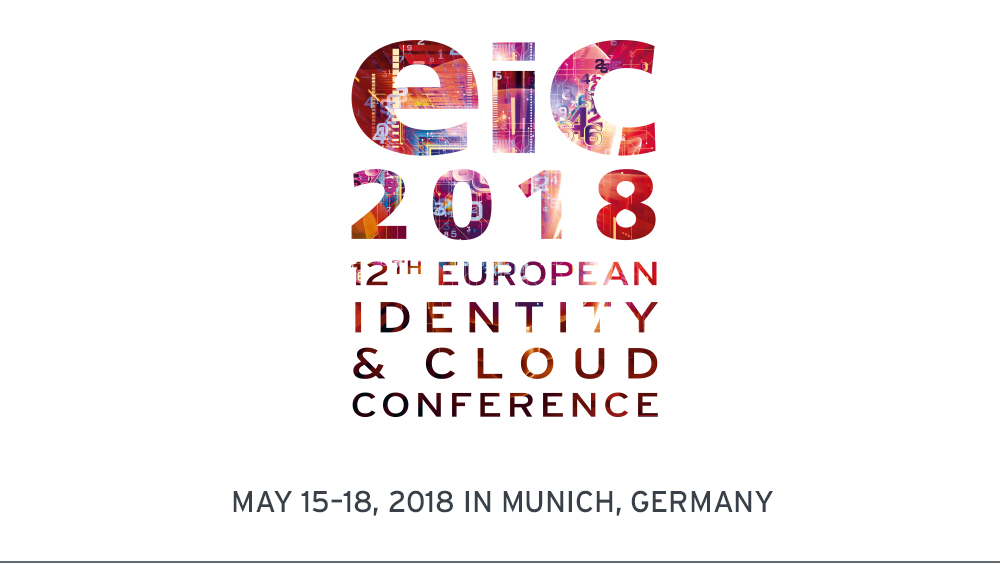Ten years ago, for the second EIC, we published a report and survey on the intersection of IAM and SOA (in German language). The main finding back then was that most businesses don’t secure their SOA approaches adequately, if at all.
Ten years later, we are talking Microservices. Everything is DevOps, a small but growing part of it is DevSecOps. And again, the question is, whether we have appropriate approaches in place to protect a distributed architecture. This question is even more important in an age where deployment models are agile and hybrid.
So how to do IAM for this microservices world? Basically, there are two challenges: supporting the environments and supporting the services and applications.
The former are about securing containers. That includes privileged access to the environments the containers run in as well as the containers itself, but also the fine-grained access management and governance of such environments. It also includes the interesting challenge of segregating access to development, test, and production in the DevOps world, which is an even more demanding task than in traditional IT.
The second challenge is about how to secure communication between microservices. One of the technologies that inevitably comes into play here is API Management & Security. Beyond that, we will have to rethink authorization for services, but also how to manage and govern identities and their access at both the level of individual microservices and the orchestrated services and applications provided to the business.
Reasonably defined microservices, fully encapsulated and providing their functionality to connected services and applications exclusively via secure, authenticated and auditable APIs, are an important step towards secure architectures “by design”.
Notably, we must also start thinking about deploying security components as services, externalizing and standardizing them. I discussed this topic a while ago in a webinar – you might want to watch the webcast. With moving to a more agile approach of IT, where changes are quickly deployed to production environments, identity and security must become adequately agile. Automation becomes key to success. We see some interesting trends and offerings arriving, however most of them currently are focused on privileged users – which is a good start, but by far not the end of our journey towards secure microservices architectures.
It’s about time to make our IAM services ready to support the new way IT is done: agile and modular. Otherwise we will end up in a security nightmare.
Insights
Research
Advisory
Events
Videos
KC Open Select
Company

















































